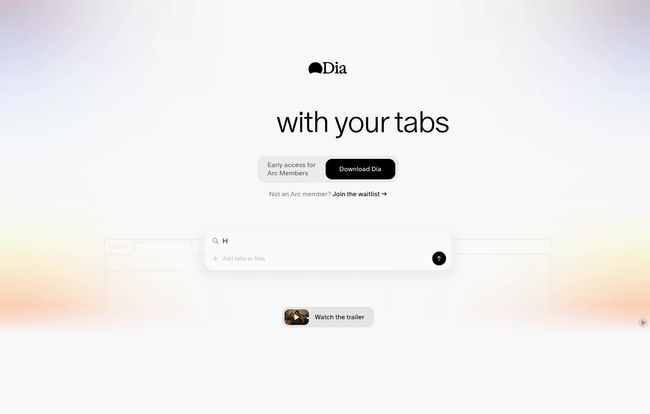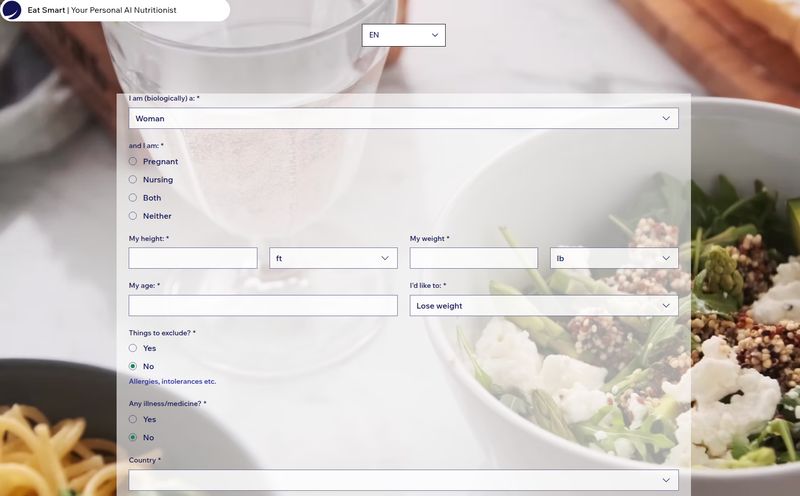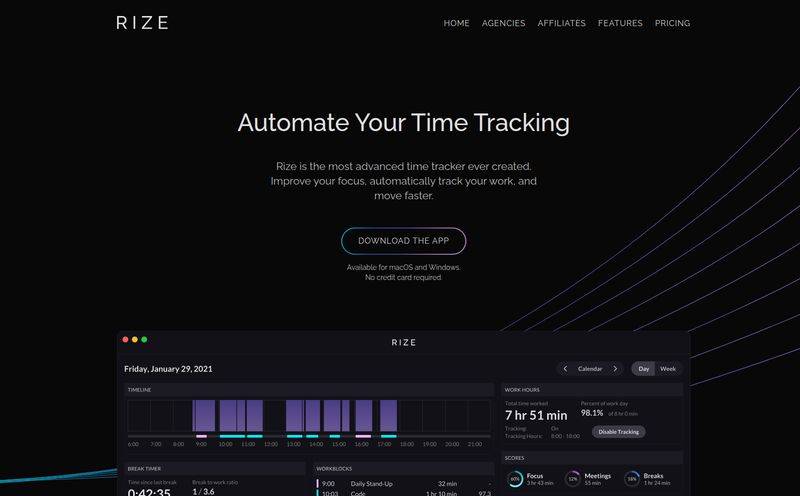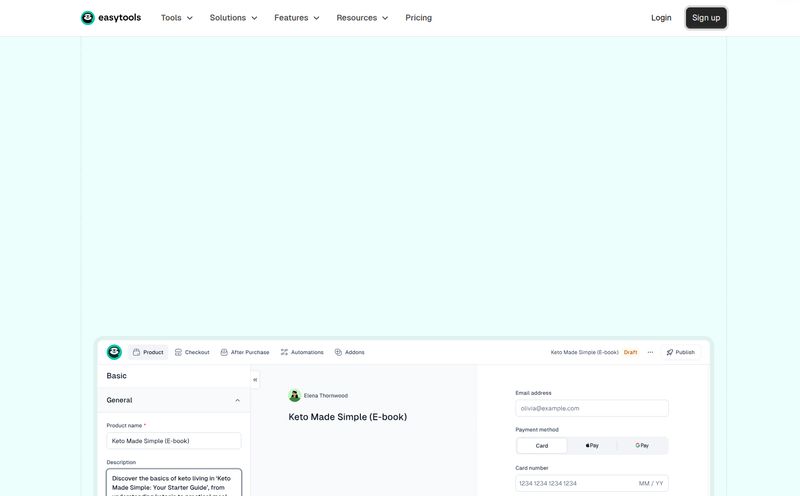Alright, let’s have a little chat. Every morning I open my laptop, and it feels like another company has crammed AI into a product where it may or may not belong. AI in my fridge, AI in my toaster, AI in my project management tool promising to write updates that sound nothing like me. It’s a lot. So when I heard The Browser Company—the folks behind the much-loved Arc browser—was dropping a new AI product, I have to admit, my first reaction was a half-cynical, half-intrigued, “Oh, here we go.”
But then I looked closer. This isn’t just another feature. It’s a whole new thing called Dia. And it’s not trying to be a browser with AI bolted on; it’s being built as an AI-native environment. A subtle but massive difference. This could be interesting.
So, What Exactly is Dia? (Hint: It’s Not Just Arc with a Chatbot)
Let's be real for a second. Most browsers are handling the AI gold rush by just slapping a chatbot in the sidebar. You click a button, a panel slides out, you ask a question, it gives you an answer. It’s useful, sure, but it feels… separate. It’s like bolting a turbocharger onto your trusty 20-year-old sedan. You get a bit more power, but it wasn’t designed for it, and you can feel the strain.
The Browser Company seems to be taking a different route. From the little we know, Dia is being designed from the ground up with AI at its core. It’s less like adding a turbocharger and more like designing a whole new car around an electric motor. The AI isn't an app inside the browser; it's the very fabric of the browser itself. The goal, it seems, is to create a more intuitive, almost conversational, way to interact with the web.
Think about it. We still browse the web like it's 2005. We open tabs, we Google things, we click links, we get overwhelmed, we declare “tab bankruptcy,” and we start over. Dia appears to be asking, what if the browser could understand your intent from the get-go?
The Problem Dia is Trying to Solve: Browser Bloat and AI Afterthoughts
I currently have 47 tabs open. Don't judge me. One window is for a client's keyword research, another is for a CPC campaign I’m monitoring, a third is for an article I’m “going to read later,” and the fourth is a rabbit hole about the history of garden gnomes. It’s organized chaos, but it’s still chaos. This is the reality for most knowledge workers. Our browsers are less like clean windows to the internet and more like a messy desk piled high with papers.
The current AI solutions don’t really fix this. Microsoft Edge has Copilot, which is powerful but still feels like a separate entity living on the right side of my screen. Brave has its own AI, Leo. They summarize pages and answer questions, which is great. But they don't fundamentally change my workflow or fix teh underlying problem of information overload. They just give me another tool to manage the chaos.
Dia's potential—and right now, it is all potential—is to cut through that noise. To build an interface that’s less about managing tabs and more about managing ideas.
A Closer Look at the Clues: The Interface and the Trailer
The initial landing page for Dia is beautifully, almost aggressively, minimalist. A soft, hazy background and a single input field. It doesn’t say “Search or type a URL.” It says, “Add idea or link.”

Visit Dia Browser
That phrasing is so deliberate. It’s not asking for a destination; it’s asking for a starting point, a concept. This suggests Dia might act as a thinking partner. You give it an idea—“find me the best brunch spots in east Austin with a patio”—and it builds an experience around that, instead of just dumping you on a Google search results page. Or you give it a link, and it immediately knows you want to summarize it, compare it, or find related content. It’s proactive, not reactive.
There's also a link to “Watch the trailer,” which shows a very fluid, dynamic interface where queries and web pages seem to blend together. It’s less a collection of static documents and more a living canvas of information. The mention of “Not an Arc member? Join the waitlist :)” is also a classic move from The Browser Company. They build hype by rewarding their existing user base, creating a sense of exclusivity and turning their product launch into an event. It's smart marketing, you have to give them that.
What This Could Mean for SEOs and Digital Marketers
Okay, here’s where my professional brain starts spinning. If a browser can interpret intent and synthesize information before a user even sees a traditional search engine results page (SERP), what does that do to, well, my entire job?
For years, we’ve optimized for clicks from Google. We fight for that top spot, for the featured snippet, for the People Also Ask section. An AI-native browser like Dia could theoretically become the new layer between the user and Google. It could perform the search, analyze the top 10 results, and present a synthesized answer directly to the user. The user gets their answer, but my client’s website gets no click, no traffic. Gulp.
This isn't a doomsday prediction, but it's a shift we need to be watching. It could mean that brand building, topical authority, and being cited as a source by AI become far more important than just ranking for a specific keyword. The focus might shift from getting a click to becoming a trusted entity in your niche that AI models rely on. It's a different game, with different rules.
The Big Unknowns: Pricing, Features, and a Realistic Timeline
Let's pump the brakes a little. Dia is currently in alpha testing. That means it’s early, it's buggy, and it's not ready for everyone. The feature set is likely limited right now as the team tests its core assumptions. We have to be patient.
And then there's the question of money. The Browser Company’s main product, Arc, is free for personal use. Will Dia be the same? Or will it be a premium, subscription-based product? There's no pricing information available, and I suspect even they haven't figured that out yet. They’re likely focused on building something people love first, a strategy that has worked well for them so far.
So for now, we're in speculation territory. We have a compelling concept, a slick teaser, and a company with a great track record. But the final product is still a mystery.
Is Dia the Future or Just a Flash in the Pan?
I’ve seen a lot of ambitious tech products come and go. Hype is a dangerous drug. But I'm genuinely optimistic about Dia. Why? Because it’s not just an idea from a random startup; it’s from a team that has already proven they can rethink a product category we all thought was “finished.” Arc showed that there was still room for innovation in web browsers, and it built a passionate community around its unique approach to tabs and organization.
Dia feels like the next logical step in that journey. It’s an admission that the internet of today is too complex for the browser of yesterday. The execution is everything, of course. But the vision? The vision is dead on. I, for one, have already joined the waitlist. I suggest you do too.
Frequently Asked Questions about Dia Browser
What is Dia?
Dia is a new product from The Browser Company designed as an AI-native browsing environment. Instead of adding AI as a feature, it aims to build the entire browsing experience around artificial intelligence to make interacting with the web more intuitive.
Who makes Dia?
Dia is made by The Browser Company, the same team that created the popular Arc browser, known for its innovative design and user experience.
How is Dia different from AI in Chrome or Edge?
The main difference is the approach. Most browsers integrate AI as an add-on, like a sidebar or a chatbot. Dia is being built from the ground up with AI as its foundation, hoping to fundamentally change the workflow of browsing rather than just adding another tool.
Is Dia available now?
No, not for the general public. Dia is currently in a private alpha testing phase. You can visit their website to join the waitlist for future access.
How much will Dia cost?
There has been no official announcement regarding the price of Dia. It's unknown if it will be free, part of a subscription, or follow another model.
Do I need to be an Arc user to try Dia?
The waitlist page suggests a connection to Arc and that Arc members might get priority access. While it's not explicitly stated, being in The Browser Company's ecosystem will likely be beneficial for getting early access.
A New Day for Browsing?
So, there you have it. Dia is a bold, exciting, and slightly terrifying glimpse into what could be next for the internet. It's an attempt to solve a problem we all face every single day: the overwhelming chaos of the web. It might not get everything right on the first try, but it’s asking the right questions. And in an industry that often settles for “good enough,” asking the right questions is the most important thing you can do.
Reference and Sources
- Dia Official Waitlist Page: https://dia.com/
- The Browser Company Homepage: https://thebrowser.company/



